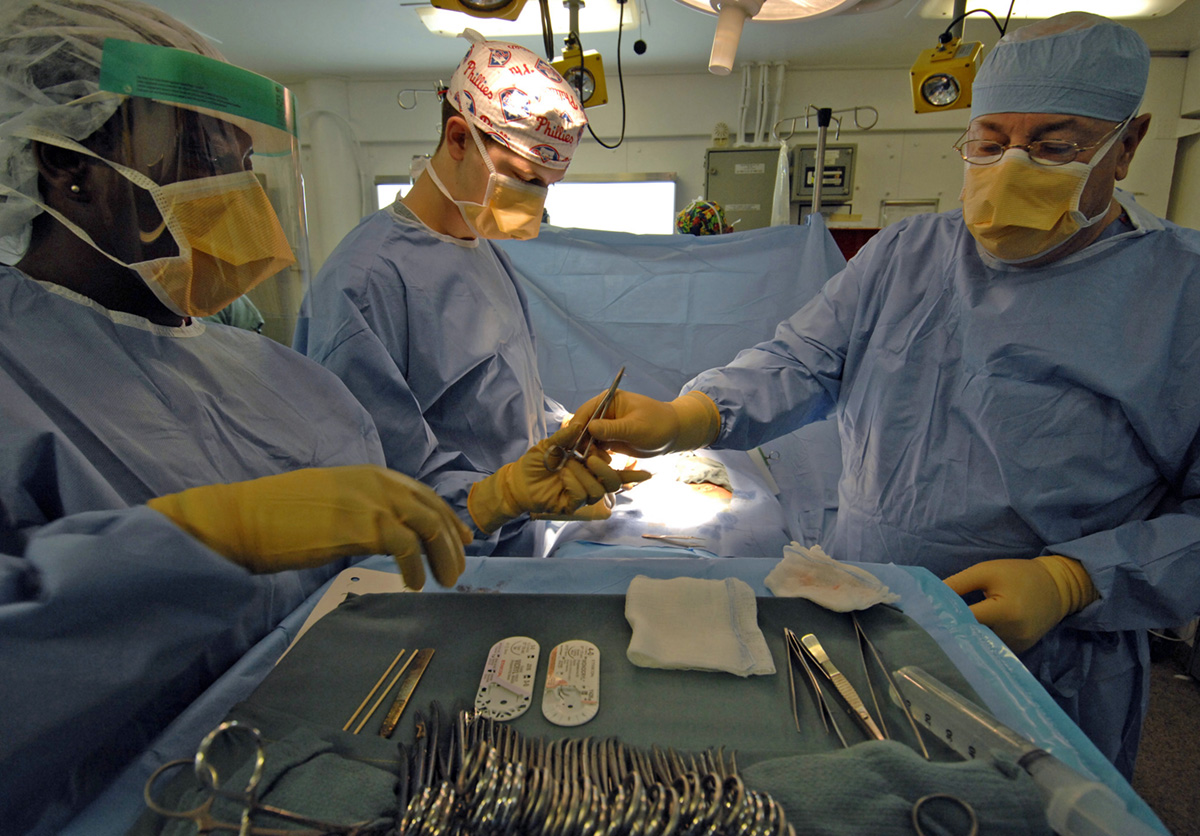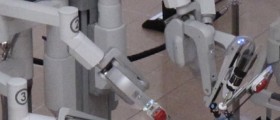
Sacrocolpopexy is an invasive surgical procedure that is most frequently used in the treatment of women with vaginal or uterine prolapse. This condition happens when muscles or the tissue that are supposed to hold the pelvis in certain position are weakened either due to the child birth, age, straining physical activity, or gaining of the weight. In the first place the consequences of this condition are related to urinary incontinence then to problems with bowel movement, painful intercouse and sexual dysfunction. However not all the women with these problems are adequate candidates.
During this procedure, vaginal vault prolapse will be corrected surgically by stitching the top of vagina or the cervix to the sacrum (tail bone), either with permanent stitches or with the help of mesh, which will have to hold the vagina in its natural position. It has been performed as an open surgery, done under general anesthesia and by a gynecologist, and the traditional approach requires a very long incision in the lower part of the abdomen. However, a newer and somewhat simpler procedure, called da Vinci sacrocolpopexy is also available now, and it is minimally invasive, requiring very small incisions. In comparison to the traditional approach it has numerous benefits but the doctor is the one who decides which patient is a suitable candidate for it.
Complications of sacrocolpopexyEven though this procedure is very successful and helpful in general, and even though the number of women who do not feel improvement after it is insignificant, some complications are possible, though rarely. The most common are the ones that are typical of the greatest majority of the procedures, and they include pain, discomfort, infection, bleeding, blood clots and reaction to anesthetics. It is also possible that rectum or bladder will perforate, or that the woman who had sacrocolpopexy will feel pain during intercourse. On the other side it is possible that the symptoms will occur again after the procedure, because there are no guarantees that they will be removed for good.
Since this is a very complicated surgery in case in which the mesh was used, it is possible that it comes out through the vagina, or that the urethra will be damaged, but this possibility is usually checked when the procedure is over. However, if everything goes well, as according to the statistics does in more than 90 % of cases the patient will have to stay in the hospital for 5 days while after 2 weeks she will be able to go back slowly to everyday activities. After 6 or 7 weeks she will be fully recovered.

















Your thoughts on this
Loading...